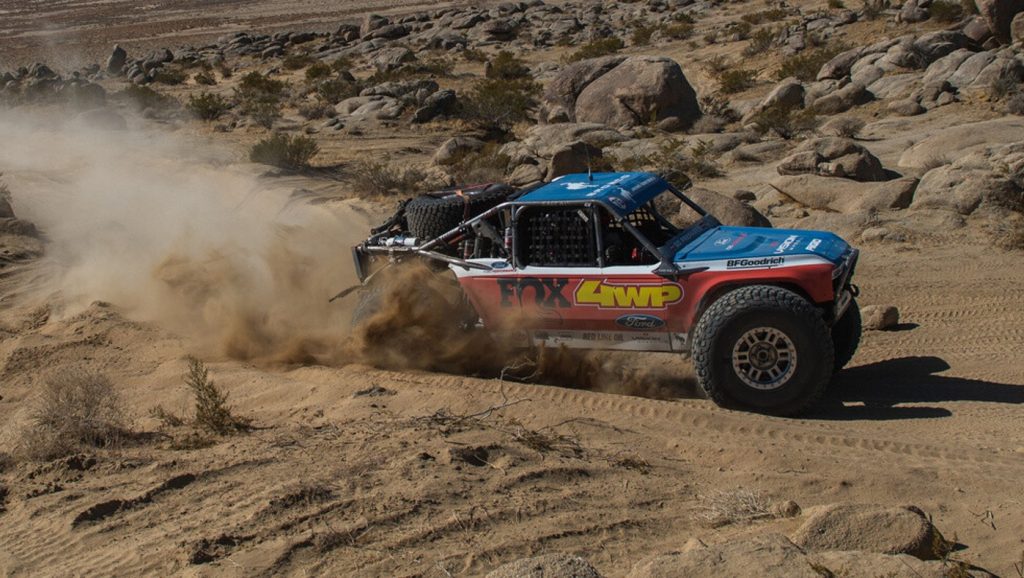Baja for Beginners

The race officially began in 1967 under the name “The Mexican 1000” with four classes: stock cars, dune buggies, four-wheel-drive vehicles, and motorcycles. That year, Vic Wilson and Ted Mangels pulled up to La Paz first in a dune buggy. It took them one full day and three and a half hours to make it to the finish line, delirious in every possible way.
A few years later in 1976, BFGoodrich Tires joined this great dusty fray, lured by stories of a course that was the ultimate proving ground for tires. Baja was that and so much more. Every win and loss was a transformative education. Supporting the race, the drivers, and the landscape quickly became a central piece of the BFGoodrich Tires purpose. Today, it’s not just a company tradition. It’s a legacy.
A legacy won in an arena with no seats.
Winning this race is considered the pinnacle of off-road motorsports accomplishments, but what’s so special about a race through nowhere? The adage “if a tree falls in the woods, and no one’s around to hear it…” comes to mind. What’s the point of putting your neck and your vehicle on the line, just to run into a ditch at 3 a.m. miles from support in the wild? On the surface, yes, it sounds a bit insane. But every year, hundreds of talented drivers enter the race, hoping to skirt that fate for victory. To begin to understand it, you must first ask:
What does it take to face the Baja 1000 ... and win?
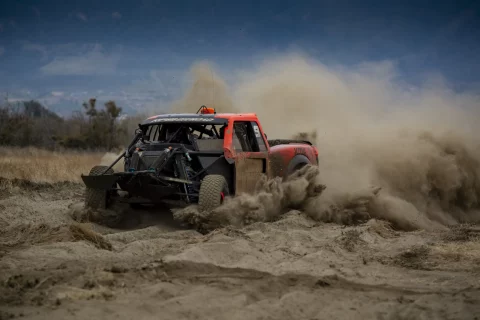
Serious Endurance

Agile Know-How
Rookies do not win this race. In fact, when you line up the racers most likely to win on any given year, you’ll see a lot of veteran faces. Unlike most other sports, in endurance desert racing, age is an asset. More precisely, experience is an asset. The more times you’ve run the race, the more obstacles you’ve encountered, and lessons you’ve learned. The veteran driver knows the way around or out of more sticky situations that can slow you down.
For this reason, mentorship is very important to becoming a competitive desert racer. Legacy families are common in the sport, as fathers pass down their Baja wisdom to their kids, giving them a potential leg up when certain obstacles arise. There is no shortage of obstacles out in the desert. Here are a few that pop up every year:
- Sudden drops in terrain, like cliffs or loose boulders
- Traction disruptors like mud, dunes, or fine silt
- Visibility issues like dust, ocean fog, mirages, and the darkness at night
- Road traffic, spectators, cattle, and other local animal life
- Spectator-placed booby traps, like hidden holes and ramps
- Mechanical failure of the vehicle or other equipment
The game is to expect misfortune and be ready to deal with it quickly in order to get back on your way. Detailed knowledge of your vehicle, and how to quickly and effectively fix any mechanical issue that could possibly arise is a core part of every winner’s playbook.
“This is a win for the aged!” – Larry Roeseler, Baja 1000 champion, after winning the 2021 Baja 500 at age 64.
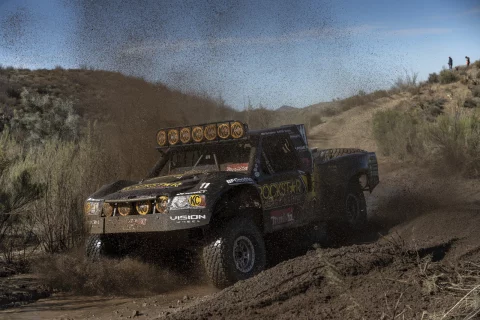
Proven Equipment
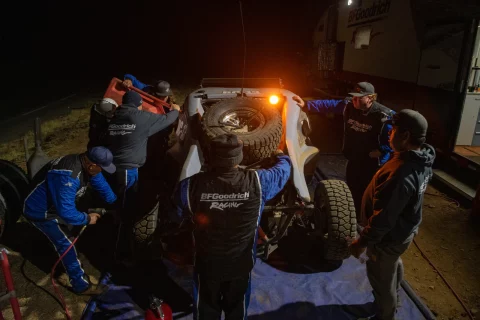
Expert Support
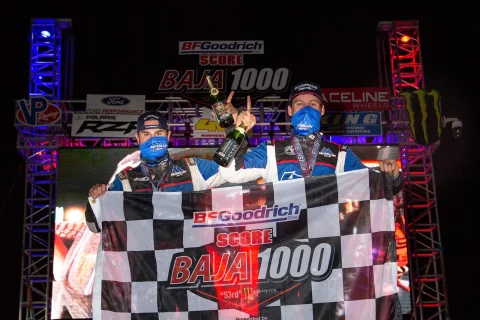
All-Consuming Obsession
The Big Baja Deal
SEE WHAT's GOING ON IN THE BFGOODRICH ONTRAIL COMMUNITY
See the latest episodes of our Guided by OnTrail series.




